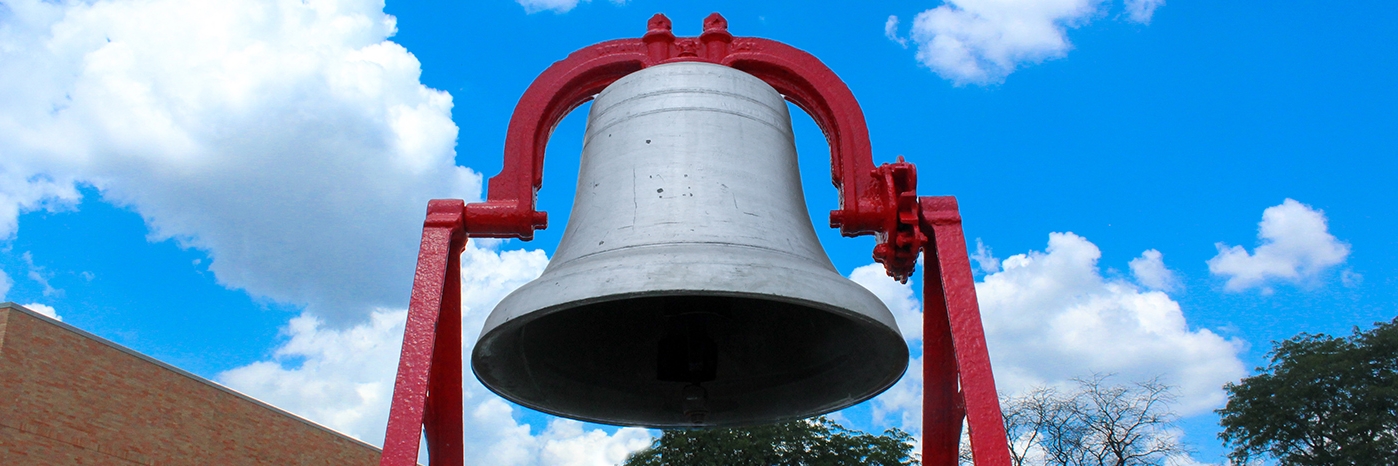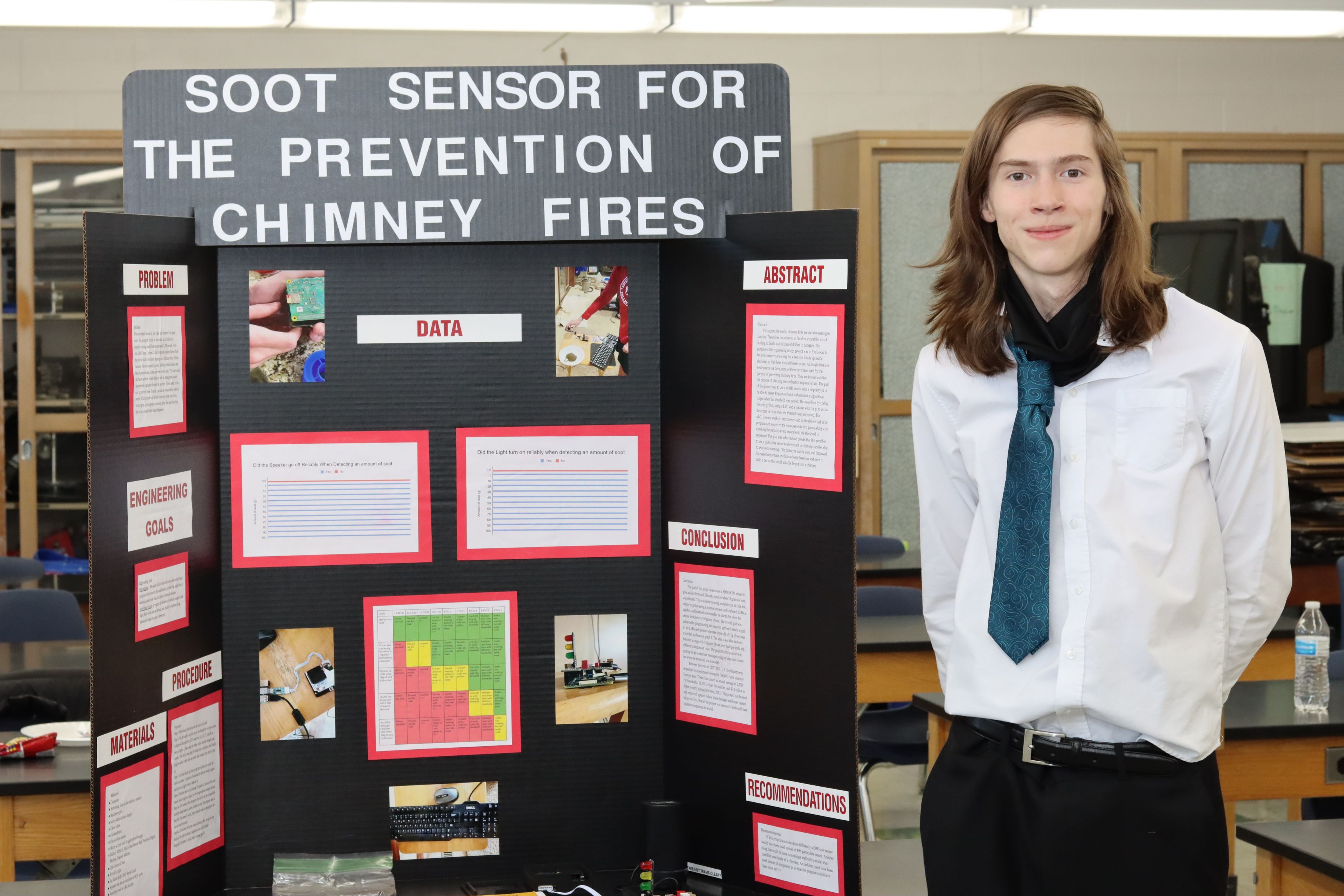Voices Ringing
Carroll High School Blog
Eight keys to choosing and researching an award-winning science fair project
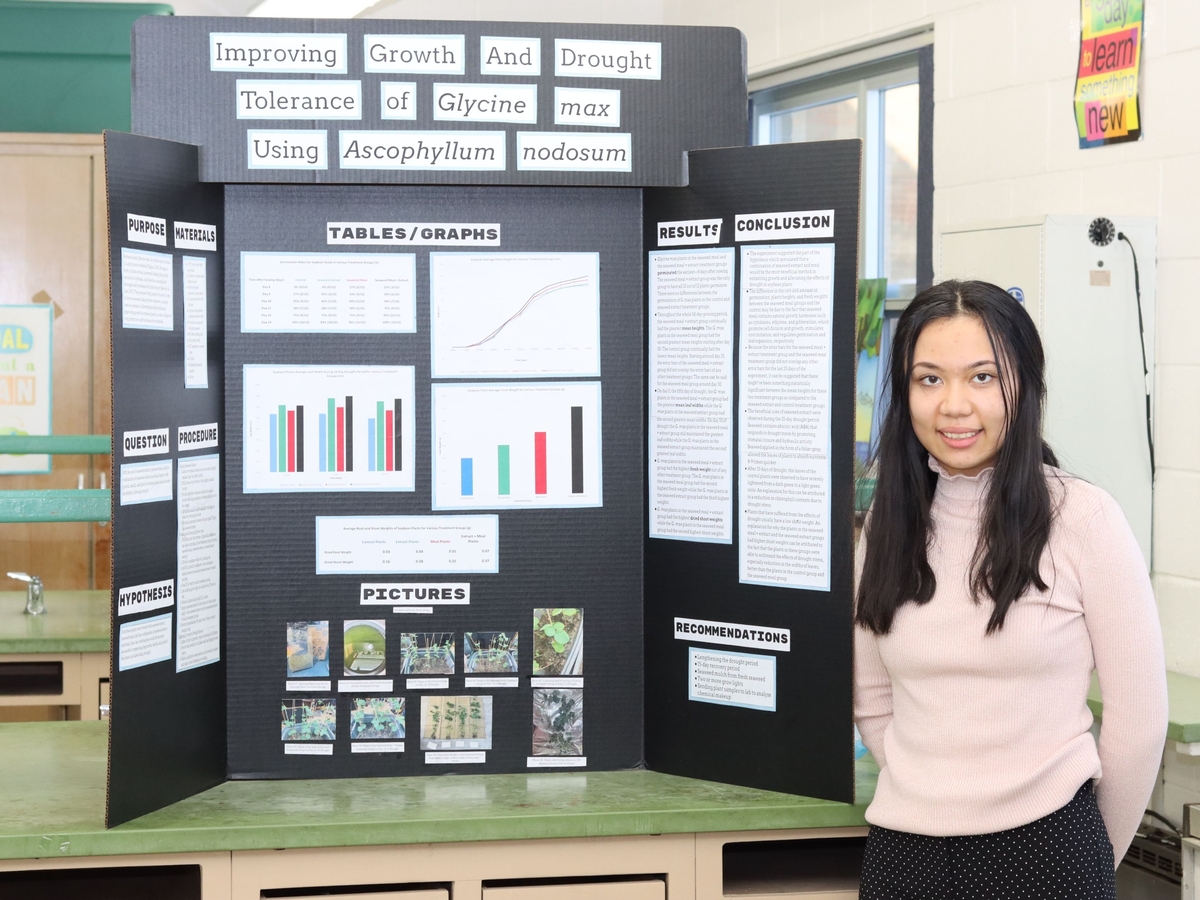
Superior Science Research Projects require students to work independently with the help of a teacher-mentor and should incorporate the following:
They start with thorough background research to find a real-world problem that can be solved either through experimentation or through engineering design. This research should also help students be able to explain key concepts and past research in their topic area.
To truly stand out a project should incorporate a unique topic, procedure, or practical application; something the judges have not seen before. The project should not be a lab exercise that could be done in a classroom.
During the experimentation or engineering build phase students should have a complex experimental or design procedure, and there should be numerous subjects or trials for more accurate data. Students should review their data through statistical analysis to see if there are significant differences between test groups.
Once the project is complete, students should be able to express themselves clearly during their oral presentation to judges from the scientific community using an organized display board. Students must also write a comprehensive scientific research paper which includes their background research, experimental procedure, results and analysis. The students must integrate their project results into findings from previous research.
2020 Science Day Recap
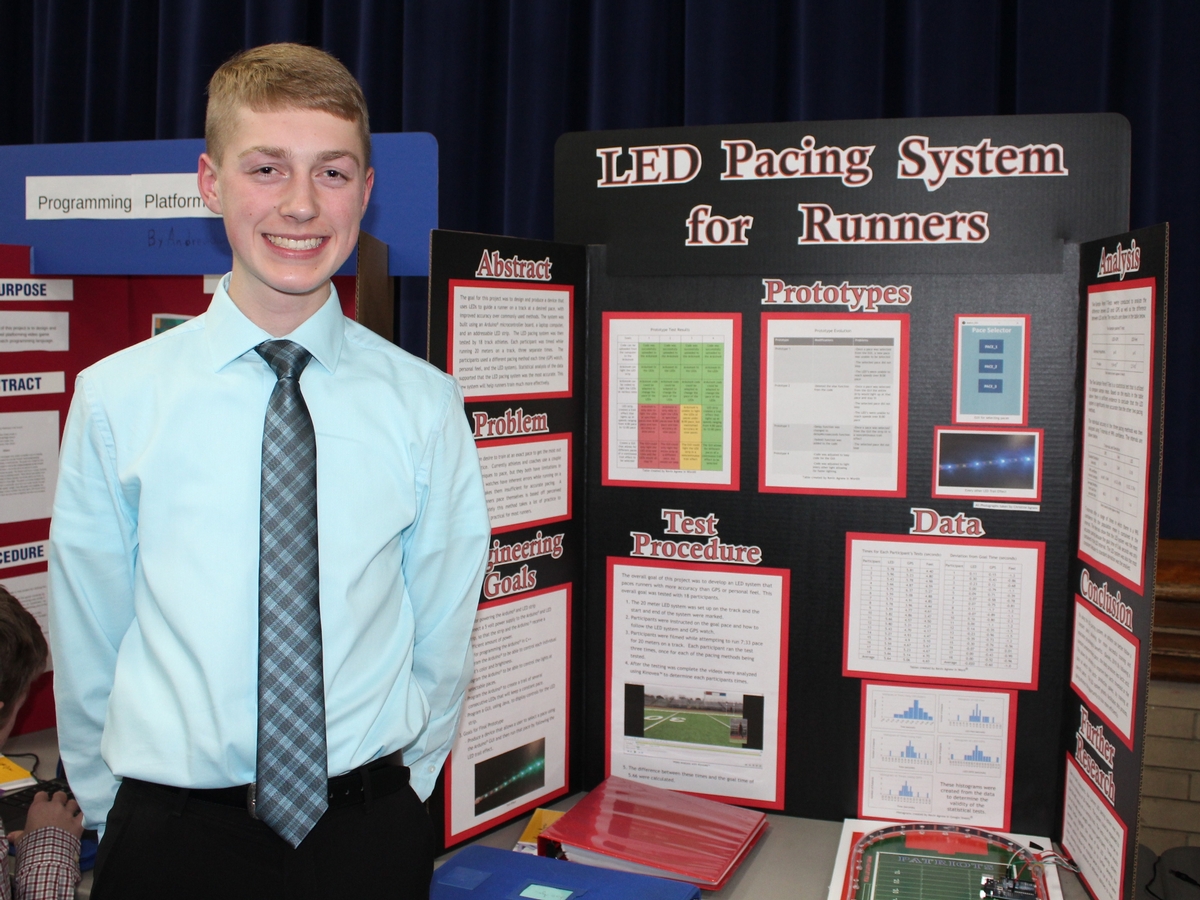
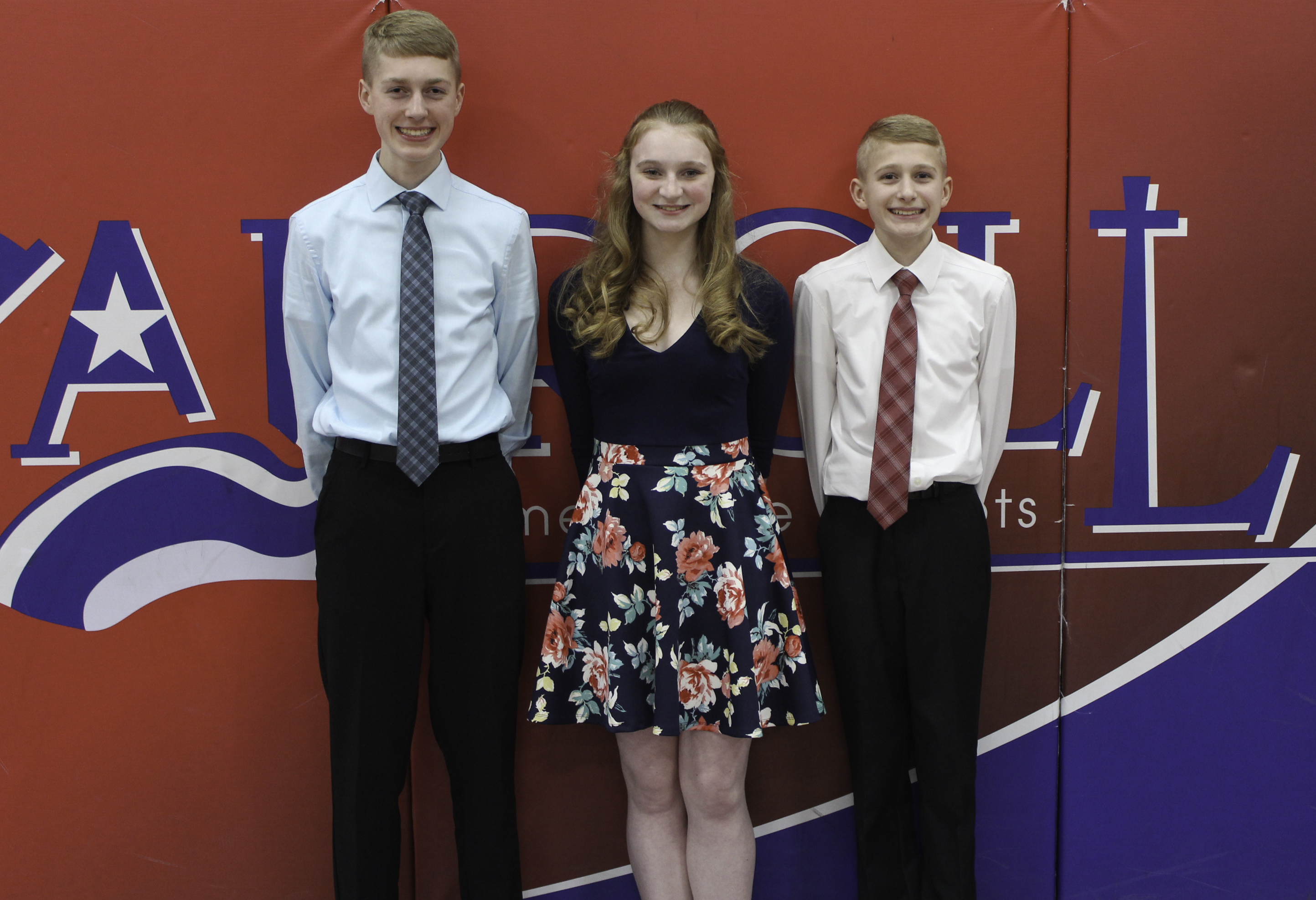
and Jack Agnew '23
Carroll Science Day has become an early February tradition at Carroll for our students to present their pre-college research in a variety of STEM Fields in a "science fair" setting. In 2020, 84 students performed independent research in the topics of Behavioral Science and Social Studies, Biochemistry, Botany, Chemistry, Computer Science, Earth and Space Science, Engineering, Environmental Science, Mathematics, Medicine and Health, Microbiology, Physics, and Zoology.
Science Day 2020 from Carroll High School on Vimeo.
Gold, Silver, and Bronze Awards
The top three students in each division based on grade level receive special recognition for their outstanding projects.
Junior/Senior Division
- Kevin Agnew, LED Pacing System for Runners (Engineering): Gold Award
- Josie Rose, Negative Effects of Plastic Leachate on Spirulina major (Environmental Science): Silver Award
- Trinity Raber, The Effect of Various Food Textures on Eisenia foetida Castings (Environmental Science): Bronze Award
Sophomore Division:
- Neve Monigan, Strength and Deflection of Wood in Relation to Thickness (Engineering): Gold Award
- Makenzie Lencke, The Effectiveness of Various Materials on Soundproofing (Physics): Silver Award
- Shannon McIntyre, Canine Identification through Unique Nose Print, Facial, and Iris Print Recognition (Engineering)
Freshman Division:
- Jack Agnew, The Effect of Antenna Length on ADS-B Reception (Engineering): Gold Award
- Nathan Schiffler, The Role of Hemispheric Dominance on the Perception of Optical Illusions (Behavioral and Social Studies), Silver Award
- Caden Bistrik, The Effectiveness of Headgear in Soccer (Medicine and Health), Bronze Award
Moving on to area-wide competitions
36 students earned the opportunity to compete in the next level of competition at Montgomery County Science Day on Saturday, February 29 at the Dayton Convention Center.


